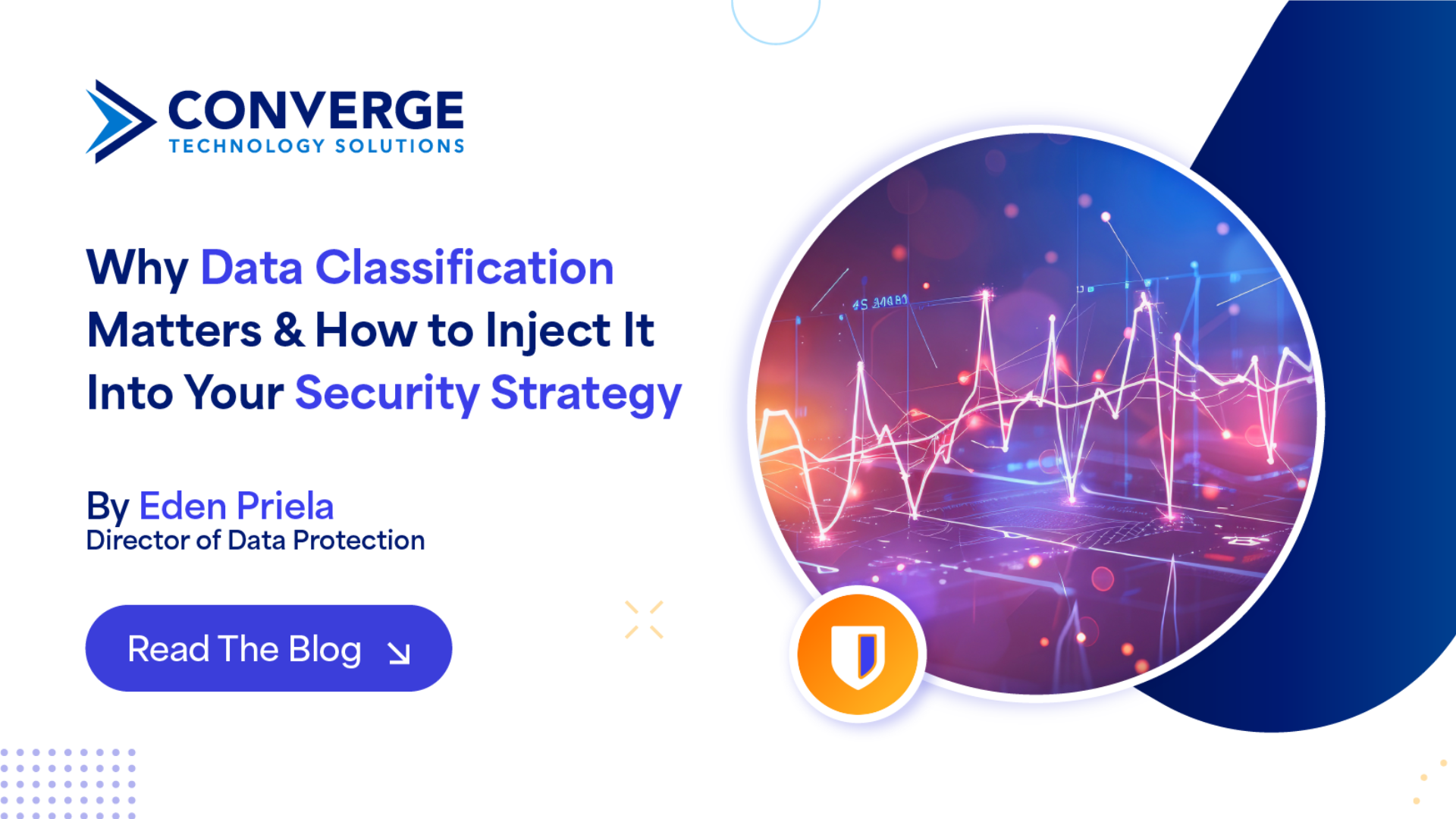Data is the lifeblood of a modern organization, driving decision-making and propelling growth. Data classification ensures its vitality by properly routing it for maximum efficiency and security.
Volumes of data are generated, collected, stored, and analyzed by organizations every day. More customers, transactions, and digital applications means more data ingested, used, and stored. This surge of data can quickly overwhelm data protection efforts—intermingling unimportant and sensitive data without distinction. Data classification and prioritization are crucial components of your overall data protection strategy to ensure you don’t put sensitive data at risk or use valuable resources to protect what’s unimportant.
How can you protect data if you don’t know what its value is to your organization? You need to have a process for sorting “trash from treasure” to adequately protect sensitive data and focus less on data with lower value.
Benefits of data classification and prioritization
- Data classification improves your data visibility.
Adding data classification and prioritization to your data protection program improves data visibility. Applying predefined criteria based on sensitivity, value, and regulatory requirements organizes and categorizes data systematically, giving you a clearer view of your data landscape. When you know the types of data you hold, where it is stored, and who can access it, you have the knowledge to enact more efficient data management practices, apply informed decision-making, enhance data monitoring, and proactively mitigate risk. All of which leads to a more robust data protection program.
- Data classification enhances your data security.
When you identify and prioritize the sensitivity and relevance of your data, you can effectively focus your security efforts on your high-risk areas. Think of it through the lens of a financial institution. When customer data, such as account numbers and social security numbers, are correctly categorized, the company can ensure the right controls are in place to prevent unauthorized access.
3. Data classification can align with your industry’s regulatory compliance.
Various regulations, such as GDPR, HIPAA, and CCPA, are in place to safeguard sensitive data. Implementing data classification equips your organization with the understanding needed to ensure that the data you process has the appropriate security controls. Non-compliance with regulations can lead to heavy fines, increased risk of a data breach, and long-term damage to business reputation.
Consider the heavily regulated healthcare industry. HIPAA mandates the protection of patient health information (PHI). By classifying PHI as sensitive data, healthcare providers can implement the correct measures and avoid costly fines. Data classification for compliance also has the upside of more efficient, cost-effective systems.
4. Data classification allows better data management throughout your organization.
Data classification and prioritization build better data management practices. Understanding your data’s value and sensitivity allows you to establish retention policies, streamline data storage, and optimize access controls aligned with your organization.
One example is a retail company that classifies sales data as high priority, while internal communication data is considered low priority. This classification enables the retailer to use different storage and access policies for each level to ensure necessary availability and protection for critical data while reducing resources allocated for less important information.
Implementing data classification and prioritization
- Establish your organization’s data classification framework.
Build your framework by outlining the classification categories and criteria relevant to your organization. When considering the sensitivity, value, and regulatory requirements associated with your different types of data, involve stakeholders from other departments so that your framework is comprehensive and relevant for your entire organization.
- Automate your data classification process.
An automated classification tool makes it possible to classify and tag large volumes of data efficiently and accurately. These tools use machine learning algorithms and natural language processing to identify patterns and categorize data, minimizing human error and improving the overall effectiveness of your data management.
- Train and educate your employees on data classification.
Your employees play a critical role in the success of your data protection program. Invest in training and education that helps employees understand why and how your data is classified and the importance of that classification to securing data. Explain their role in safeguarding sensitive information and the potential impact on everyone in the organization if data isn’t secured. Use regular training sessions and awareness campaigns to foster a security-conscious culture within your organization and enlist top leadership to gain buy-in across all levels.
- Continuously evaluate and update your data classification process.
Data classification and prioritization is an ongoing process. Your organization’s data and threat landscape changes regularly, and your data classification process must adapt to these changes to be effective. Periodically review and update your classification framework to ensure it is relevant and helpful in addressing your current and emerging risks.
The role of data classification in your data protection program
Data classification is an ongoing process inside of an ongoing process. A fully actualized data protection program has multiple levels continually in synch with changes impacting your data risk.

Knowing how to adjust your data classification and data protection program correctly can be guided by a data risk assessment that gives you a moment-in-time snapshot of your most impactful risks and gaps and how to remediate them.
Understanding the value and sensitivity of your data helps keep your security efforts focused on high-risk areas, aids regulatory compliance, and improves your organization’s data management practices. Implementing a comprehensive data classification framework, leveraging automation, and fostering a security-conscious culture are vital signs for ensuring your data protection program is healthy.
If you’d like help building and implementing data classification, our data protection expertise, technical know-how, and tailored approach can provide actionable recommendations. Let’s talk about your data challenges and how Converge can help you safeguard one of your most valuable assets.




